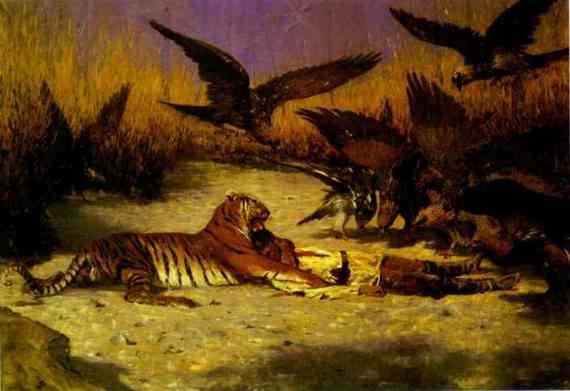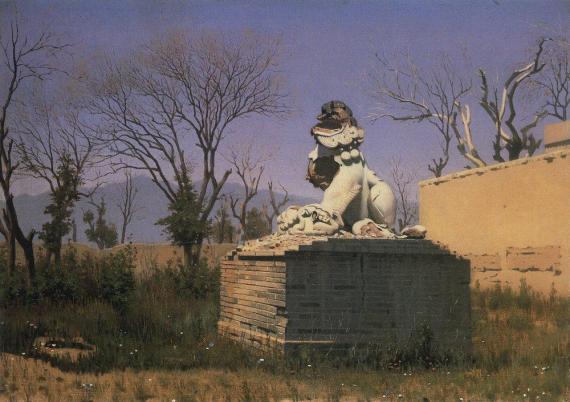A lecture given by R.D. Laing (1927-1989) and Leo Matos February 10 1982 as a St Görans Lecture in Stockholm. Introduction by Prof Lennart Wetterberg. Note that this is not a Stockholm Psychiatry Lecture, these can be found at http://www.youtube.com/psychiatrylectures
If the pain of love were not so pleasant
Adam de la Halle:
Se li maus c'amours envoie
This is the most beautiful song I've ever heard. It was recorded by the group Sequentia — Barbara Thornton (voice), Benjamin Bagby (harp) — in 1984. The composer, Adam de la Halle, or Adam le Bossu (Adam "the hunchback") lived from 1285 and 1288. Much of the notation of his music is lost or unclear, and requires active (re)interpretation.
If the pain of love
Were not so pleasant,
One could never suffer through it
For very long without taking the road
To despair, or worse.
But it is such pleasing pain,
And Love is so gentle,
And is the source of such noble thoughts,
That, in truth, it can be Paradise
For those who love truly.
The hope of the joy
Of seeing her,
And Love's amaible manners
Encourage every suitor to hope
That he will gain favor,
Provided he will be happy
And eager to serve,
Only hoping for the best,
For no one is suitably enamoured
Who has not this resolve.
I would not for anything in the world
Want to believe that a true lover
Could ever be inconsistent,
Or that he could shrink from sufferings;
Provided his heart and desires
Are ever inclined towards that smiling face,
Those sweet, loving eyes,
And the noble bearing,
And all the goodness, honor and worthiness
Which have made him a prisoner.
For this is what soothes and restores
Those who are most patient in love;
And this is what compels them to sing,
In the hopes that Humility will intercede in their favor.
No advantage is accorded to the bold
Who love only as they see fit,
But steadfast lovers always prosper,
Heedful of their tasks:
Mercy favors them.
My lady, if I thought that I would live
For one hundred thousand years.
And even if you were no longer living,
I could never think of another;
You have so utterly enchanted me
That there will never arise in me anything but joy
At that place where my pure and devothed thoughts
Are fixed. This is my suffering,
And I shall die possessed by it,
I am certain.
O sweet month of May or April,
I am barred from entering that sweet place.
See that my song gets sung
There, and is attended.

NEW GHOST TRADE POSTER
Kestrel's Eye
This intrepid documentary by Swedish filmmaker Mikael Kristersson follows two European falcons as they go about their daily activities. Two years in the making, the film is shot without any supplemental audio, allowing the two birds to be the sole focal point. As the birds hunt for food and care for their offspring, viewers are treated to a literal bird's-eye view from their nest at the top of an old church steeple. (Netflix)

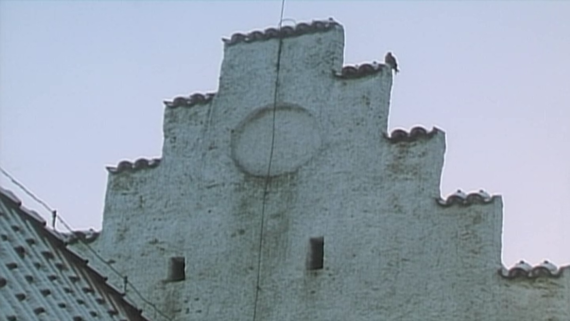
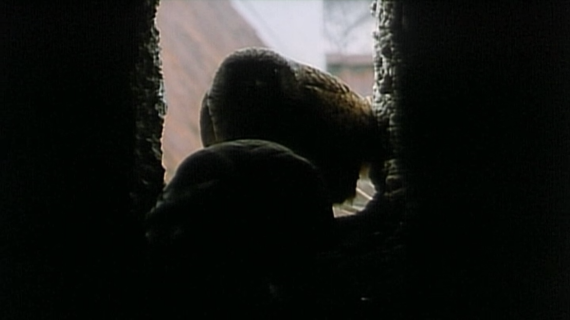
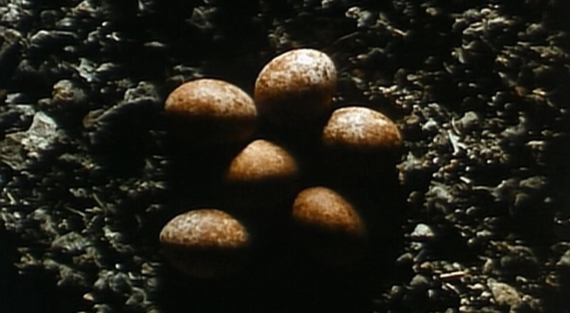

Dark Current


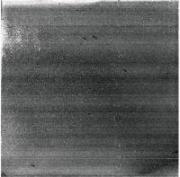

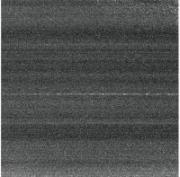

I am delving into dark currents, the scientific poetry of video. This is what mimesis seeks to screen out: the medium. Or more specifically, the primacy of the pheno-text. I would even call it the accountability of the image. The video image is imagined as immaterial, and yet the material itself is expressive — literally. As Roland Barthes put it, "The 'grain' is the body in the voice as it sings, the hand as it writes, the limb as it performs." (IMAGE/MUSIC/TEXT, p.188)
In physics and in electronic engineering, dark current is the relatively small electric current that flows through photosensitive devices such as a photomultiplier tube, photodiode, or charge-coupled device even when no photons are entering the device. It is referred to as reverse bias leakage current in non-optical devices and is present in all diodes. Physically, dark current is due to the random generation of electrons and holes within the depletion region of the device that are then swept by the high electric field.
The charge generation rate is related to specific crystallographic defects within the depletion region. Dark-current spectroscopy can be used to determine the defects present by monitoring the peaks in the dark current histogram's evolution with temperature.
Dark current is one of the main sources for noise in image sensors such as charge-coupled devices. The pattern of different dark currents can result in a fixed-pattern noise; dark frame subtraction can remove an estimate of the mean fixed pattern, but there still remains a temporal noise, because the dark current itself has a shot noise. (WIKIPEDIA)

Homemade solar eclipse viewer
16 old sunglasses lenses + electrical tape.
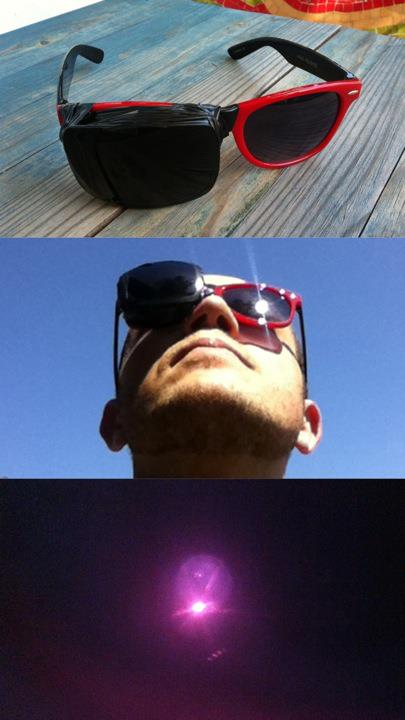
Reassemblage: Trinh T. Minh-ha (1983)
"Trihn Mihn-ha's experimental documentary, Reassemblage, is for all intents and purposes a film about the people of Senegal. But Trihn has a higher purpose in mind. The film if self-reflexive in that as it is as much about documentaries themselves as it is about the people of Senegal. Trihn calls into question the conventions of the documentary and how such films have the power to manipulate the way in which the audience sees. She constantly reminds her audience that they are watching a movie through many filmic techniques. For example, at times she cuts sound completely to emphasize the fact that she has the ability to manipulate what we are feeling. By taking away the music (African drumming in this case), a tool filmmakers often rely on to tell us how we SHOULD be feeling, we are left to our own devices and must figure out on our own what we are seeing, what it means to us, and why. At times this makes viewing her film fairly difficult, but ultimately it's a rather interesting and thought-provoking experience." (Youtube)
The Flattering Illusion
George Eliot, Middlemarch, Chapter 27.
Cartographies of the Present
Austin Osman Spare
Austin Osman Spare (30 December 1886 – 15 May 1956) was an English artist who developed idiosyncratic magical techniques including automatic writing, automatic drawing and sigilization based on his theories of the relationship between the conscious and unconscious self. His artistic work is characterized by skilled draughtsmanship exhibiting a mastery of the use of the line, and often employs monstrous or fantastic magical and sexual imagery. (Wikipedia)
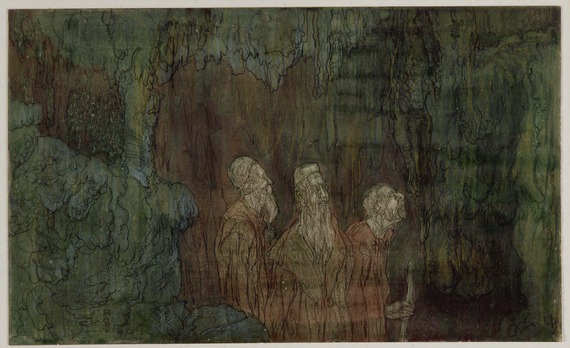
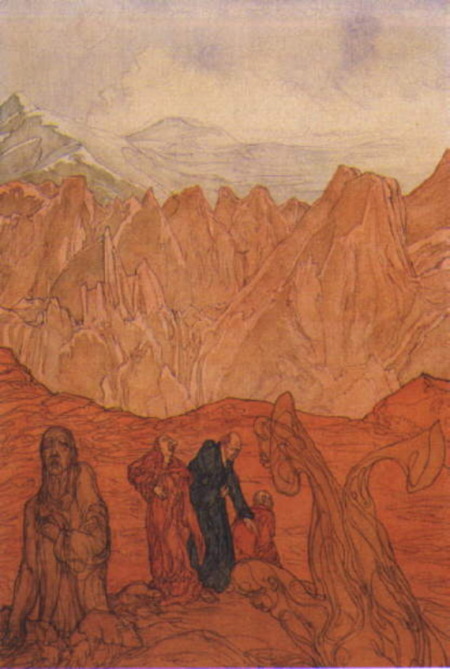
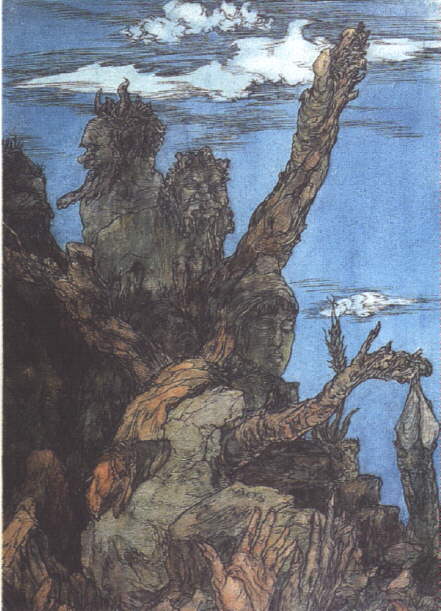
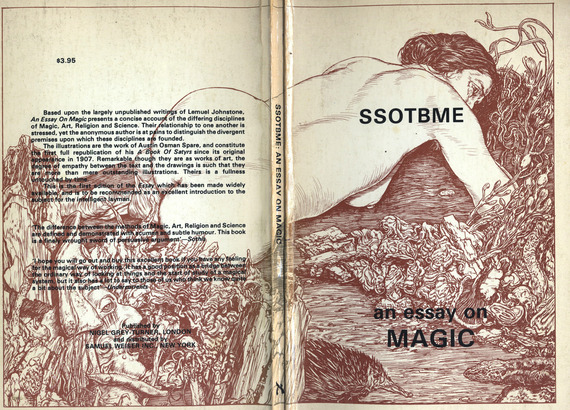
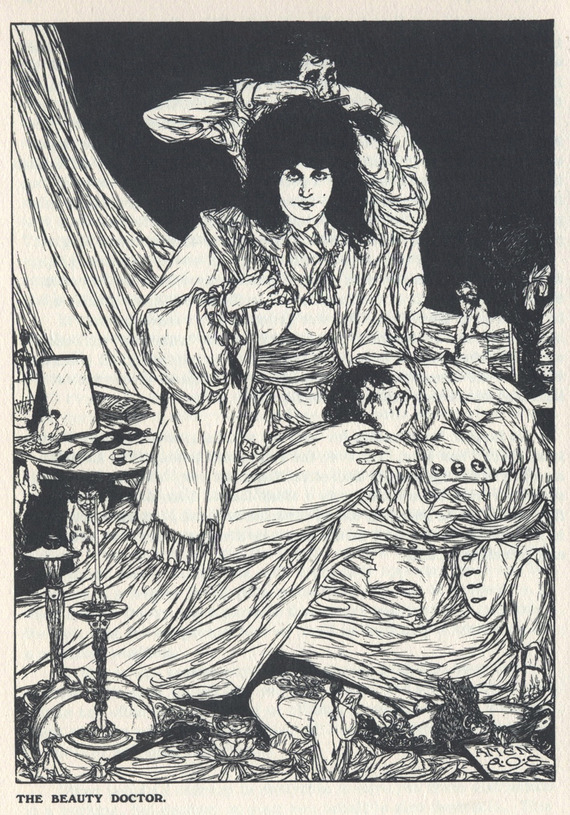
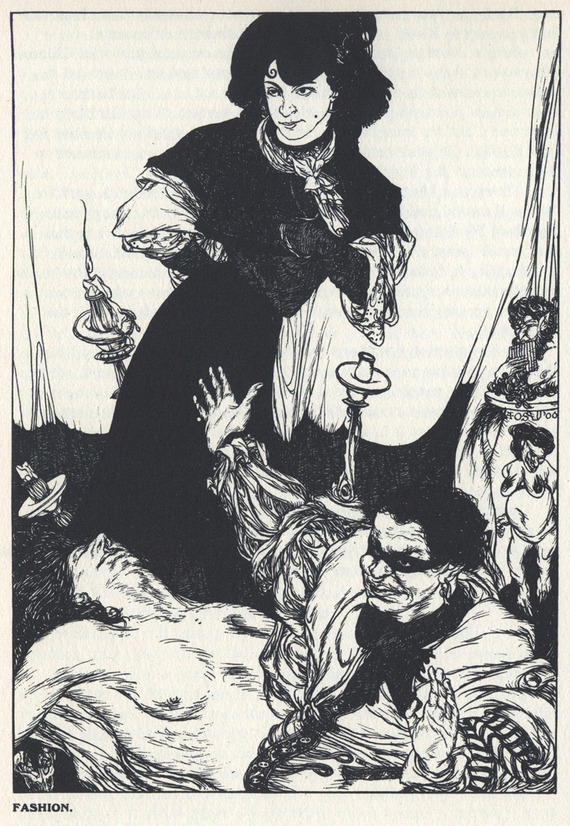
The Language of Folding
Robert Lang at TED.
Artificial Hearts
Simon Schubert
Simon Schubert (born 1976) is an artist based in Cologne, Germany, his birthplace. From 1997 to 2004 he trained at the Kunstakademie Düsseldorf in the sculpture class of Irmin Kamp. Inspired by Surrealism as well as by Samuel Beckett, Schuberts works imagine architectonical settings, common situations and objects, whereas the material he uses are either simple or sophisticated - white paper folded or mixed media arrangements. Some of his paper foldings entered the West Collection, Oaks, PA, while the Saatchi Collection, London, owns sculptural works in mixed media. (Wikipedia)
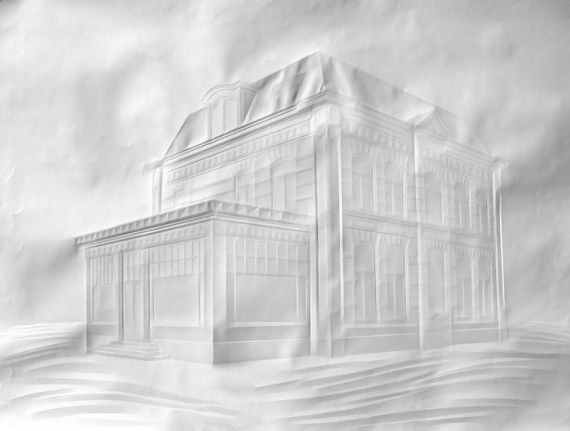
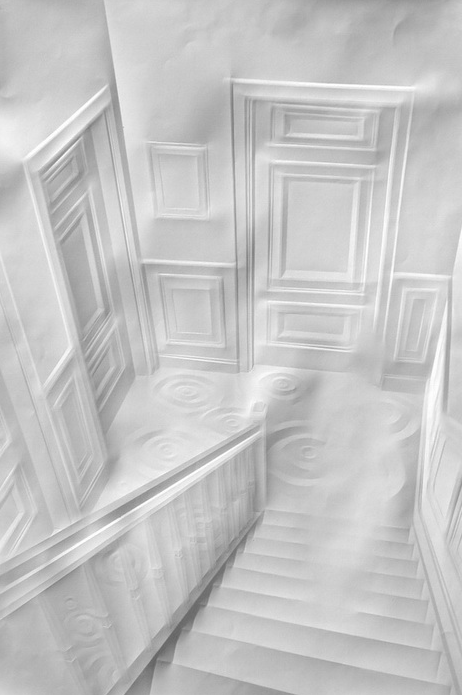
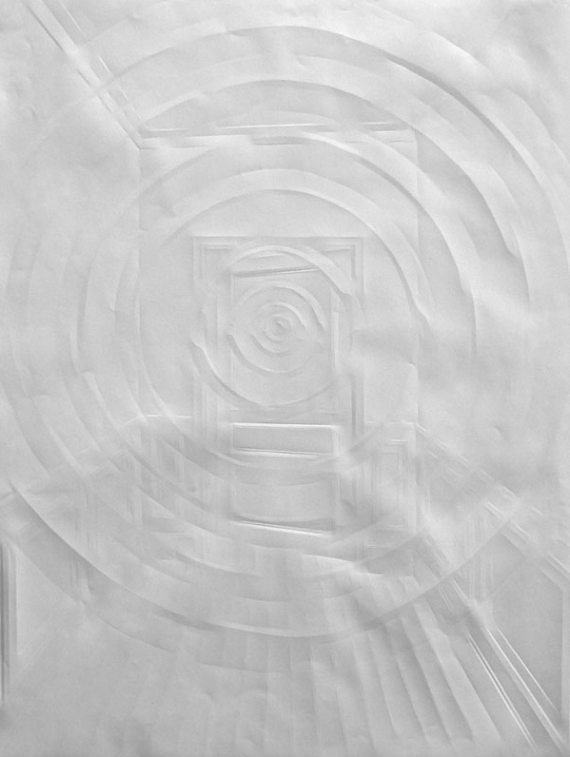
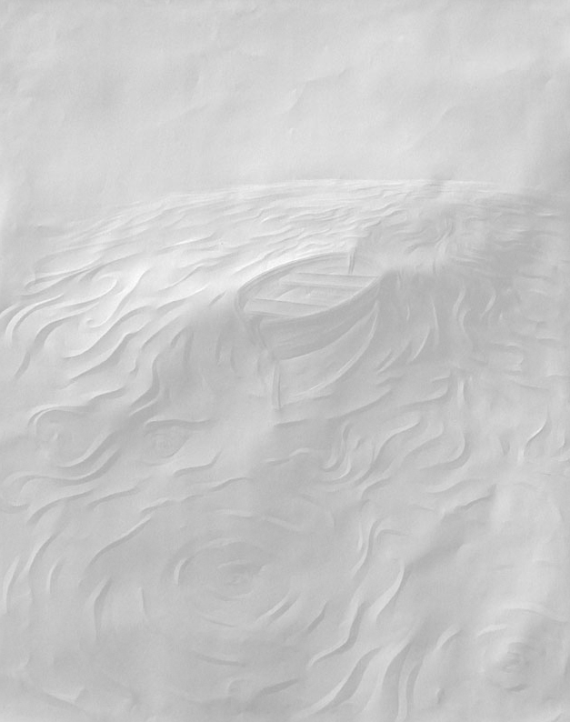
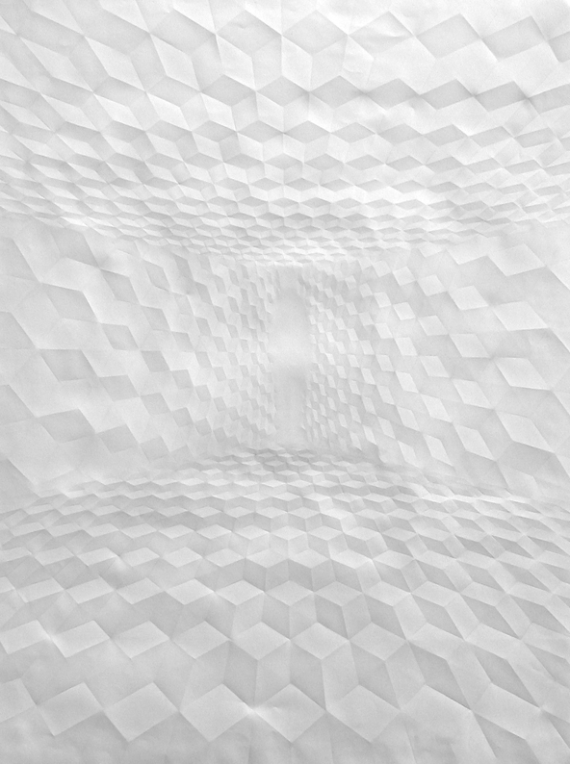
The Discarnate Condition
Marshall McLuhan at John Hopkins University.
NEW DESIGN PROJECT: Cinema Audiences
This book was designed to commemorate a three year period of screenings and events held at the Echo Park Film Center. The book contains 300 photographs of audiences that attended the film center from 2008-2011.
THE AESTHETICS OF WIRE FORMING
Vasily Vereschagin
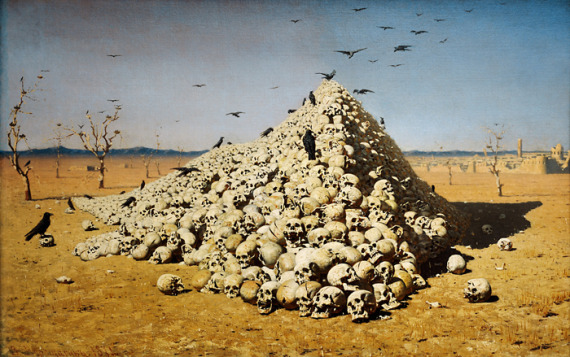


Vasily Vasilyevich Vereshchagin (Russian: Васи́лий Васи́льевич Вереща́гин, October 26, 1842 – April 13, 1904) was one of the most famous Russian battle painters and one of the first Russian artiststs to be widely recognized abroad. The graphic nature of his realist scenes led many of them to never be printed or exhibited.
Tropic of Chaos
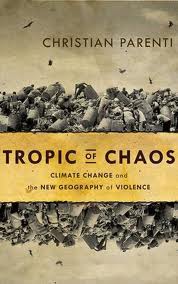
Tropic of Chaos: Climate Change and the New Geography of Violence
By Christian Parenti
Nation Books, 304 pages
From Africa to Asia and Latin America, the era of climate wars has begun. Extreme weather is breeding banditry, humanitarian crisis, and state failure. In
Tropic of Chaos
, investigative journalist Christian Parenti travels along the front lines of this gathering catastrophe--the belt of economically and politically battered postcolonial nations and war zones girding the planet's midlatitudes. Here he finds failed states amid climatic disasters. But he also reveals the unsettling presence of Western military forces and explains how they see an opportunity in the crisis to prepare for open-ended global counterinsurgency. Parenti argues that this incipient "climate fascism"--a political hardening of wealthy states-- is bound to fail. The struggling states of the developing world cannot be allowed to collapse, as they will take other nations down as well. Instead, we must work to meet the challenge of climate-driven violence with a very different set of sustainable economic and development policies.
Automaton Aviary
BHUTANESE PHONOGRAPHIC STAMPS

Bhutan issued these phonographic stamps in 1973. The first of their kind, the records contained recordings of folk songs, facts about the country and the Bhutanese national anthem. They have adhesive backs for use as postage. In 2008, Bhutan issued a CD-ROM stamp as an update to this design.
RECORD 1:
RECORD 2:




